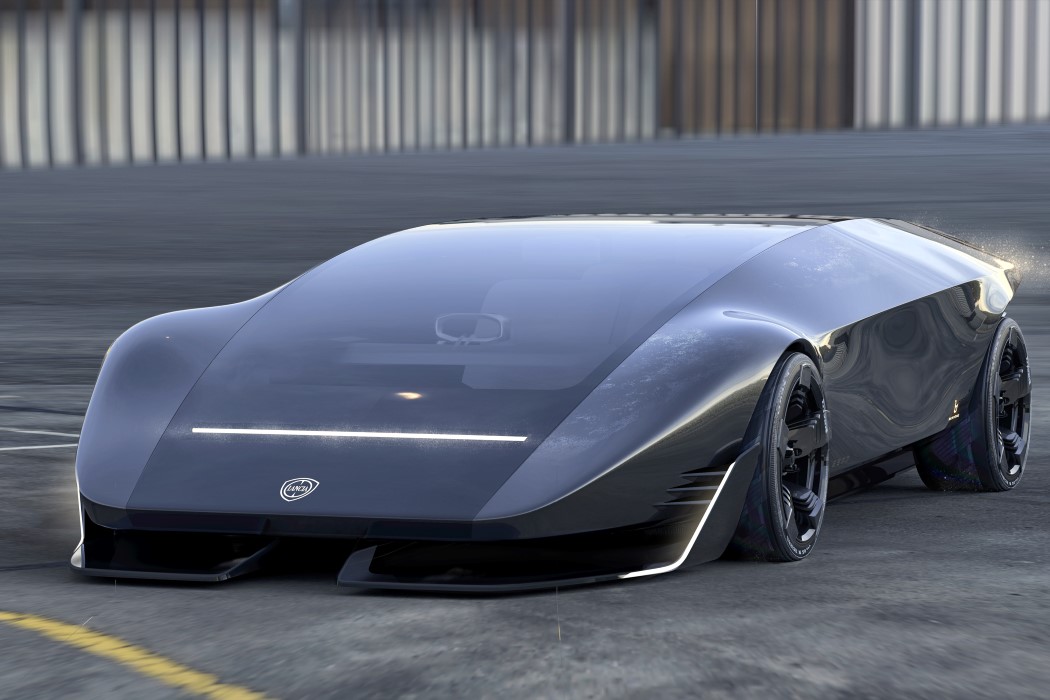
I still remember how I felt when I saw the Cybertruck for the first time. I imagine it’s how a lot of people felt when they saw the Lancia Stratos Zero back in 1970 when cars were still pretty traditional looking. The Lancia Stratos Zero boasted of a silhouette that some would still describe as cutting-edge, with its unique wedge-shaped design that allowed it to slice through the air as the car raced forward. The Stratos Zero’s iconic form went onto be labeled as a masterpiece in Italian design, and even became a staple aesthetic for Lamborghini after the Countach.
The company recently announced that due to dwindling sales, Lancia will for the foreseeable future serve only the Italian market with just one offering, the Ypsilon… but that didn’t stop automotive aficionado and designer Joaquin Obligado from giving one of his favorite conceptual cars a modern makeover. The Lancia Cargo Stratos, as the concept is called, builds on the Stratos Zero’s wedge design, albeit with a lowered nose to help increase downforce. The concept sports a more streamlined design, embracing curves as well as straight, edgy lines to create something that looks like a wind-tunnel test brought to life. The car’s sides come with continuous metal paneling, hinting at the obvious lack of traditional doors. To enter and exit the vehicle, the windshield opens outwards, revealing the fighter-jet-style 1+1 seater cockpit beneath… just like in the original Stratos Zero. Two headlights sit flush on the car’s surface, right ahead of the fenders, and come fitted with LEDs. The car’s rear comes with linear taillights too, giving off a very cyberpunk vibe.
Joaquin Obligado designed the Cargo Stratos as an exercise in defining what ‘futuristic’ means in today’s world. The Cargo Stratos embraces a non-traditional approach no matter what angle you look at it from. Whether it’s on the outside or even the inside, the Lancia Cargo Stratos just tries to be strikingly different (and succeeds) – the same way its predecessor did way back in 1970… exactly 50 years ago.
Designer: Joaquin Obligado